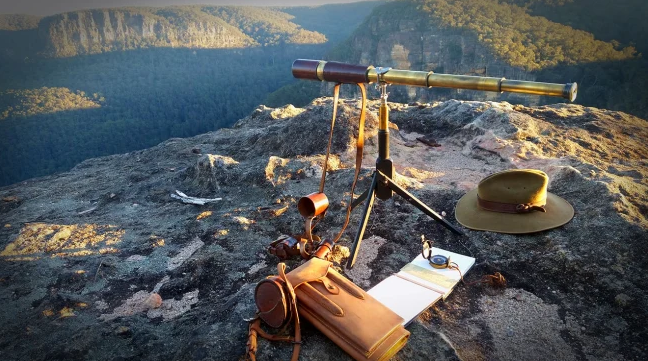You may still be thinking about field telescopes? There is such a thing? The most common binoculars (two cylinder-like shapes with a bridge connected in the middle), and the astronomical telescope (composed of many precision devices), you can see the stars, the moon, in everyone's impression These may be in it, today I will introduce to you some old-fashioned field military telescopes.
A very beautiful 1917 vintage brass military telescope
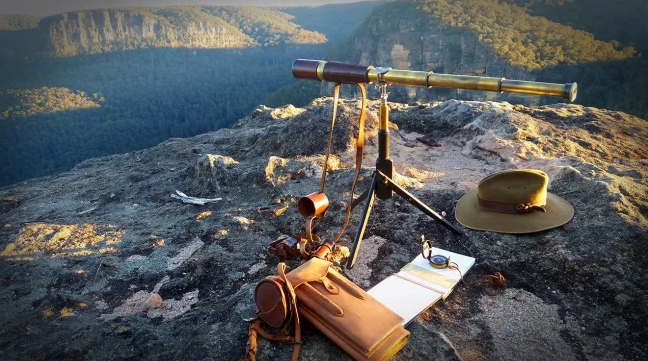
If you've spotted one of these vintage binoculars online or at a second-hand store and are thinking of buying one, here's a tip -- if the seller says it must be broken because it won't focus, you're probably very close to getting a bargain. Why do you say that? These Dora telescopes will not focus if you just twist the eyepiece. In fact, if you did this to this particular model of telescope, the eyepieces would unscrew and fall off! No, to align these you have to push in or pull out the last pull tube until the image is in focus.
This telescope was a British Signal and General Service Telescope during the First World War. It was used by signalmen before radio communication became common. Flashing lights or signal mirrors Morse code or possibly signals were used to send messages over long distances, and the messages were received by observers with telescopes.
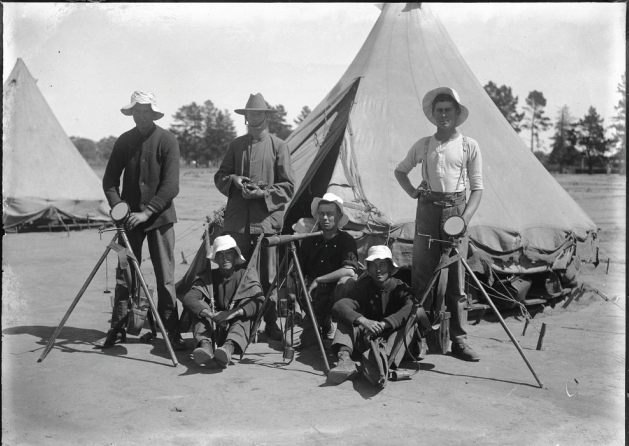
Probably better known, these binoculars were used by British and Commonwealth snipers in World War I, and while they were replaced in Britain by a lighter model, this particular model was used in World War II It was also used by Australian scouts, intelligence agents and snipers during the Great War. In fact, I can't find a photo of it, but I'm pretty sure there's a photo of an Australian sniper using this outdated scope during the Korean War in the 1950s.
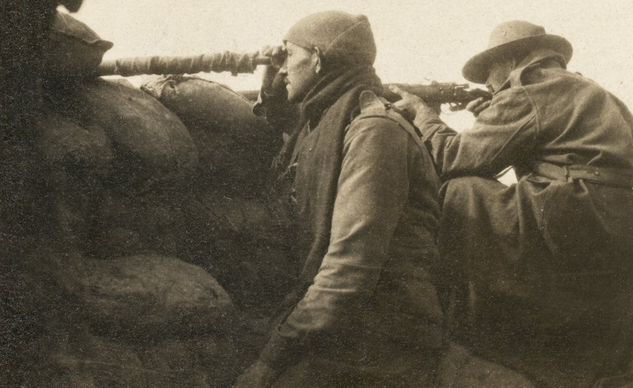
The binoculars are marked with the following—
"Phone. SIG. (Mk IV) and GS
Broadhurst, CLARKSON & Co
London
1917
22084"
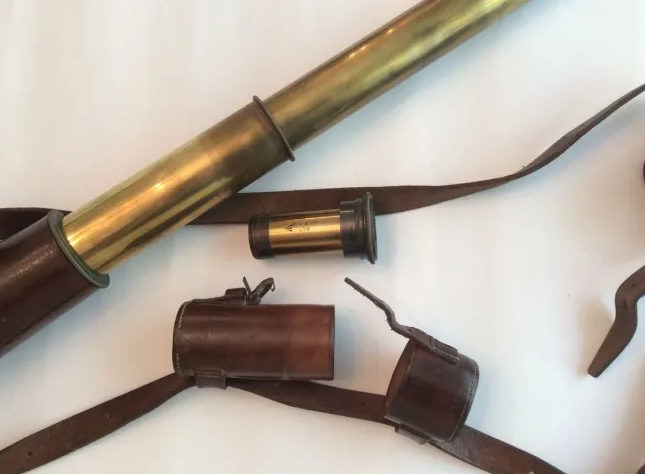
As far as I can tell, it's a 20x to 40x variable telescope with a brass body, a leather covering on the barrel and an extended sunshield. It had two leather end caps, a shoulder strap, and a small tubular leather pouch worn on the shoulder strap to hold low or high power eyepieces - whichever was not fitted to the telescope at the time.
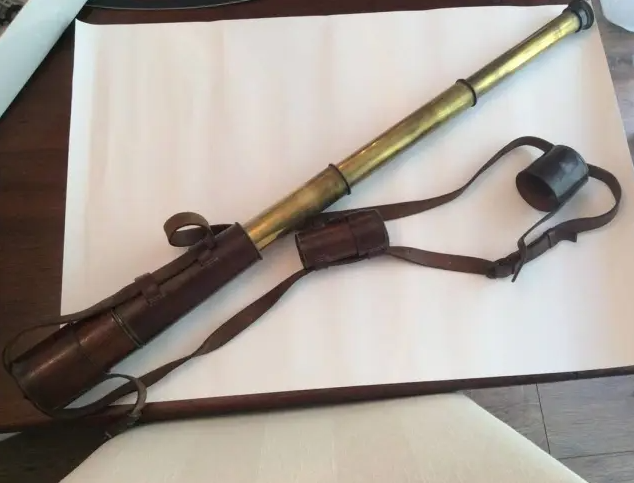
There is very little information about the seller on the Internet abroad. The pictures provided by the seller are promising and the 100 year old leather parts look almost original. I figured if the leatherwork was in such good condition, so would the rest of the telescope. Of course, there is a risk that the objective lens might become infested with fungus or be smashed.
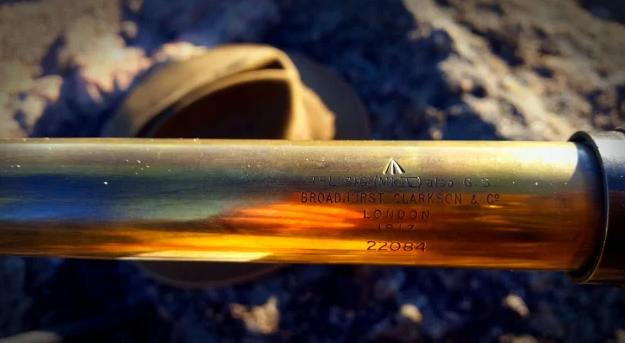
The weight was a huge surprise to me. I've done several night bushwalks and hikes with binoculars and you'll definitely notice the extra weight of the binoculars and tripod.
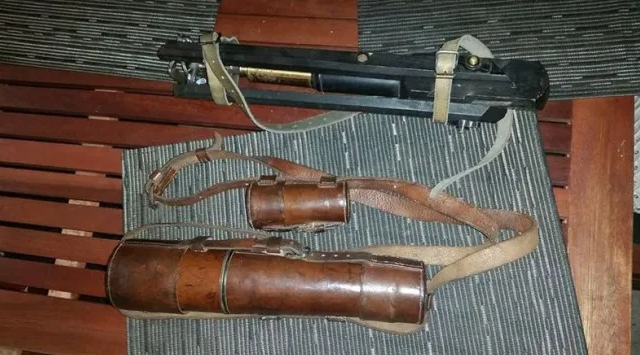
This is a powerful telescope - very powerful. Look at the moon with this telescope. The picture is very spectacular. Clearly defined craters and debris trails from meteor impacts. It is very valuable for collection and teaching.
 CN
CN  US
US  DE
DE  JP
JP  RU
RU 